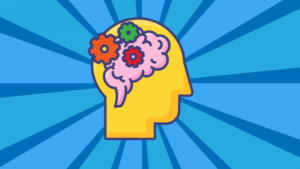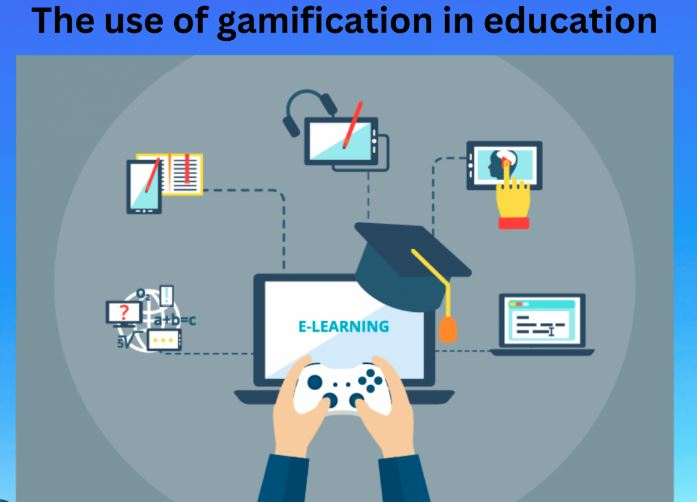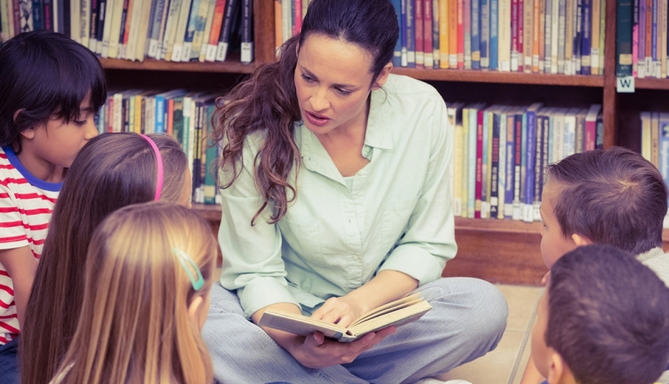Learning is a lifelong journey, and as we progress through the different stages of life, our approach to acquiring knowledge transforms. The way we absorb, retain, and process information varies with age, influenced by cognitive, physical, and emotional changes. In this blog post, we will explore how learning changes at different life stages, from childhood to older adulthood. Understanding these shifts can optimize educational strategies and enable a more effective learning experience.

Early Years
In the early years, learning is a natural and exploratory process. Children absorb information like sponges, learning through play, interaction, and imitation. It’s a crucial period for establishing the foundations of language, motor skills, and social understanding. Their curiosity and eagerness to explore new things drive their learning experiences.
Adolescence
During adolescence, a significant transformation occurs in the way individuals approach learning. As academic demands intensify, educational curricula become more specialized and structured. This transition necessitates enhanced organizational skills, time management, and a deeper commitment to academic responsibilities.
Furthermore, peer influence plays a vital role during adolescence. Friends and classmates can greatly impact study habits, preferences for subjects, and overall educational interests. The need for social acceptance and belonging often guides educational choices, making it essential for educators and parents to foster a supportive environment encourages wise decision-making.
Early Adulthood
Early adulthood often marks the pursuit of higher education or vocational training. It’s a phase where individuals further specialize their knowledge and skills in their chosen field. The ability to critically analyze and think abstractly develops, laying the foundation for a more comprehensive understanding of complex subjects.
Midlife
In midlife, individuals juggle numerous responsibilities, including careers and family. Learning becomes more strategic and focused on personal and professional development. Many opt for flexible learning options such as online courses, allowing them to enhance their skills without compromising their obligations.
Later Adulthood
As individuals move into their later years, they often engage in lifelong training. Education and skill development continue, with a greater emphasis on leisurely pursuits and hobbies. Reflecting on a lifetime of experiences, older adults often seek opportunities to share their knowledge and mentor the younger generations.
Retirement
Retirement can be a golden period for learning. With reduced work commitments, older adults have more time to delve into interests they had set aside. Many pursue higher education, and artistic endeavors, or even start entirely new careers, driven by a passion for continued intellectual growth. Some even venture into playing online casino games like bingo when they retire.
The Role of Neuroplasticity
Throughout life, our brains exhibit neuroplasticity, the ability to reorganize and adapt. While the rate of neuroplasticity might change with age, the brain’s ability to learn, adapt, and form new connections persists. Engaging in intellectually stimulating activities can help maintain and enhance cognitive abilities.
Adapting Teaching Methods
Educational institutions and educators must recognize these age-related learning changes. Tailoring teaching methods to suit the needs of the specific age group ensures a more effective and engaging learning experience. Incorporating experiential training, varied teaching styles, and embracing technology are essential strategies.
Conclusion
Learning is a dynamic and evolving process that adapts to our changing needs and circumstances. Recognizing and understanding how gaining knowledge changes with age empowers us to tailor educational experiences, making them more effective and fulfilling throughout our lives.




